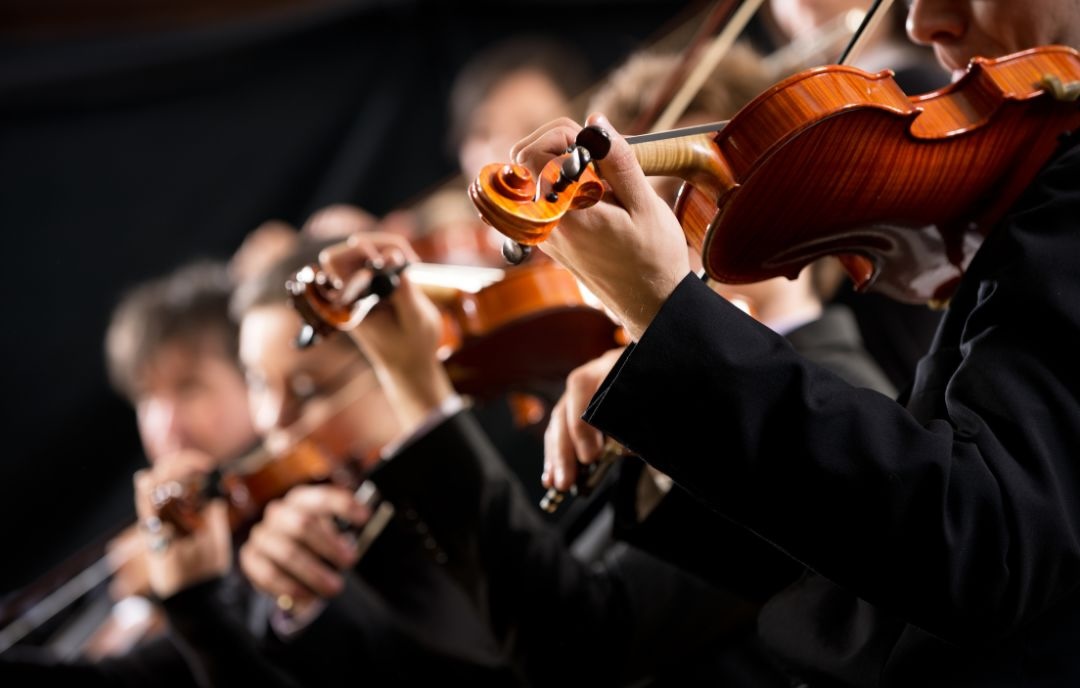What Human Rights Law Can Learn from the Creative Process of Artists
In the quest for stronger human rights protections, lawyers and scholars often work within structured, rule-bound systems. This structure is essential for consistency and fairness — but it can also create blind spots. Interestingly, the processes that artists use to create their work can offer fresh perspectives and methods that help reframe legal thinking, making laws and their implementation more modern, inclusive, and effective.
The worlds of art and human rights law might seem far apart, but at their core, both seek to illuminate truth, challenge injustice, and inspire societal transformation. By looking closely at how artists think, adapt, and engage with the world, human rights practitioners can discover powerful tools for change.
1. The Artist’s Eye: Seeing Beyond the Obvious
Artists are trained to observe what others overlook — to notice patterns, subtle details, and the emotional undertones in a scene. This observational discipline parallels the need in human rights work to detect hidden forms of abuse, systemic discrimination, or cultural biases that conventional legal frameworks fail to address.
- In law: Lawyers often rely on established evidence-gathering methods and statutory interpretations, which can unintentionally reinforce narrow viewpoints.
- From art: Adopting the artist’s habit of “deep seeing” could lead to more holistic fact-finding and narrative framing. This might involve integrating anthropological, historical, and even aesthetic analyses into human rights casework.
By reframing a legal issue as an evolving story with multiple perspectives — as an artist would — lawyers can identify overlooked victims, subtle patterns of harm, and more culturally nuanced solutions.
2. Experimentation and Iteration: Breaking Out of Rigid Models
Artists rarely achieve their final vision on the first try. Sketching, revising, and experimenting are part of their process. In contrast, legal systems often aim for finality and precision from the outset, discouraging trial-and-error thinking.
- In law: Rigid legal drafting and implementation can cause laws to age poorly, failing to keep pace with social and technological change.
- From art: Borrowing the artist’s iterative approach could inspire more adaptive legal design — for instance, piloting human rights policies in small communities, refining them through feedback, and scaling them once proven effective.
This iterative mindset could help human rights frameworks stay flexible and responsive, avoiding the “frozen in time” problem that plagues many international treaties.
3. Storytelling as a Tool for Justice
Artists communicate through compelling narratives — whether visual, musical, or literary — that resonate emotionally and bypass purely rational defenses. Human rights law, though rooted in evidence and precedent, is also about persuading people: judges, policymakers, and the public.
- In law: A purely technical legal brief may win in court but fail to mobilize public opinion.
- From art: Incorporating storytelling techniques — visual metaphors, symbolic language, emotionally resonant testimonies — can make human rights violations more vivid and undeniable. This approach can amplify advocacy efforts and bridge the gap between legal argument and public empathy.
Such storytelling also helps overcome “compassion fatigue” by finding new, creative ways to present persistent issues without numbing audiences.
4. The Role of Ambiguity and Open Interpretation
While law strives for clarity, art often thrives in ambiguity. This can be deeply uncomfortable for legal minds, but embracing a certain degree of interpretive openness can be valuable.
- In law: Overly specific legal provisions can quickly become outdated when confronted with new social realities or unforeseen abuses.
- From art: Like an artwork that invites multiple interpretations, certain legal principles could be framed more broadly to remain relevant across evolving contexts. For instance, the right to privacy in the digital age might be better protected if conceived not just as a set of fixed rules, but as a flexible value adaptable to emerging technologies.
This doesn’t mean making laws vague — rather, it means crafting them to allow space for contextual interpretation in light of future challenges.
5. Collaboration Across Disciplines
Art often emerges from interdisciplinary influences: a painter inspired by music, a sculptor influenced by physics, a filmmaker borrowing from anthropology. Human rights law can benefit from this kind of cross-pollination.
- In law: Too often, legal teams operate in isolation from cultural workers, scientists, technologists, or local community leaders.
- From art: Collaborative creation models — residencies, joint exhibitions, workshops — can be adapted for human rights work. Imagine policy drafting sessions that include not only legal experts, but also artists, designers, and storytellers who can help envision the lived impact of legal frameworks.
Such collaborations can generate rules that are not only legally sound but also socially resonant and practically implementable.
6. Reclaiming the Human Element in Human Rights
Perhaps the most vital lesson from artists is their unflinching commitment to the human experience. While legal work can become mired in technicalities, art continually reminds us of the emotional and moral core of justice.
- In law: Bureaucratic processes can unintentionally alienate the very people they’re meant to protect.
- From art: Human rights work that integrates participatory, creative processes can re-center victims and communities in the legal conversation, making them co-creators of justice rather than passive subjects of it.
This shift not only makes implementation more effective but also restores dignity and agency to those affected.
Conclusion: A More Imaginative Law for a More Just World
The processes that artists use — observation, experimentation, storytelling, openness, collaboration, and a deep commitment to human connection — are not just aesthetic luxuries. They are practical, adaptable tools for building a more modern, more responsive, and more humane system of human rights law.
By adopting the artist’s mindset, lawyers and scholars can move beyond the limits of conventional legal reasoning, crafting rules and implementation processes that are not only legally robust but also socially imaginative, emotionally compelling, and dynamically adaptable to the challenges of our time.

